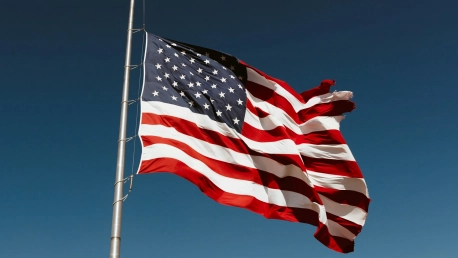A recent study casts a worrying spotlight on the security of American homeowners, uncovering a vast shortfall in insurance coverage. Alarmingly, over six million U.S. properties, collectively valued at approximately $1.6 trillion, lack any form of homeowners insurance. This exposes them to potentially crippling financial losses should disaster strike. The scale of uninsured properties signals a brewing crisis within the homeowners insurance sector, raising serious concerns about the implications for both individual property owners and the broader economy.If left unaddressed, the situation could result in severe economic challenges for countless families and may undermine the economic stability of entire communities hit by natural disasters or unexpected damages. The emerging insurance gap threatens to leave many homeowners vulnerable, highlighting the urgent need for awareness and potential policy interventions to mitigate what could become an escalating economic hazard with profound effects on the American housing market.
The Uninsured Homeowner Landscape
A recent report by the Consumer Federation of America, derived from the 2021 American Housing Survey, highlights a disturbing trend of underinsurance among American homeowners, particularly within minority communities. Native Americans, Hispanic, and Black homeowners are experiencing the brunt of this crisis with uninsured rates alarmingly high at 22%, 14%, and 11%, respectively. These figures not only underscore the vulnerability of these homeowners to potential financial disasters but also reflect broader issues of inequality within the housing market.The disparities grow wider when considering income levels. Households earning less than $50,000 annually are much more likely to forego insurance, a choice that could have devastating consequences in the event of a catastrophe. These households already face numerous financial challenges, and the absence of insurance compounds their risk, effectively widening the wealth gap and reinforcing systemic economic disadvantages along racial and socioeconomic lines.
Geographic Disparities and Housing Types at Risk
The issue of underinsured homes also varies significantly by geography and home type. Rural areas, as well as homeowners in certain metropolitan regions such as Houston and Miami, show remarkably higher percentages of uninsured properties. In states like Mississippi, New Mexico, and Louisiana, the situation is particularly acute. This uneven geographic distribution of uninsured homes suggests that regional factors, from economic conditions to cultural norms, may be influencing homeowners’ decisions regarding insurance.Manufactured homes and inherited properties represent another facet of the underinsurance issue, with 35% and 29% uninsured, respectively. These homes are often owned by individuals with limited financial resources or those who may not fully understand the importance of insurance. For many, the absence of coverage is a gamble against the odds of disasters or other misfortunes, a risky bet that leaves them exposed to potentially ruinous costs.
The Need for Regulatory Action
Addressing this looming crisis necessitates thoughtful and deliberate action at the regulatory level. The Consumer Federation of America stresses the significance of capturing detailed data about the homeowners insurance market. Currently, gaps in this data hinder meaningful interventions and policy adjustments. Improved data collection would provide a clearer understanding of the coverage deficits, enabling regulators and policymakers to develop more targeted, effective responses to the issue.Beyond data collection, there is a pressing need for investment in community risk reduction and home fortification. These preventative strategies could help minimize the market’s dependence on global reinsurance, which often comes with high insurance premiums. Investment in these areas could lower costs for homeowners and help prevent the harsh financial consequences of having an uninsured home.
Addressing Racial Disparities in Insurance Coverage
The Consumer Federation of America (CFA) highlights the persistent racial disparities in insurance coverage, emphasizing the urgent need for action to mitigate these gaps. The organization encourages the use of Fair Housing laws to delve into and rectify these issues, advocating for equality in insurance access. Achieving uniform insurance coverage is critical not only for the economic well-being of affected individuals but also for advancing societal fairness.The CFA’s appeal sheds light on the importance of transformative changes within the insurance industry to ensure all homeowners, regardless of race or ethnicity, can safeguard their properties equitably. This movement towards inclusive insurance practices is a vital component in fostering a just housing market, affording every individual the chance for financial security and protection of their home. Addressing the racial insurance coverage gap is a significant step toward achieving a balanced and nondiscriminatory society.
The Wider Economic Implications
The wide-reaching effects of uninsured homes extend beyond the immediate concerns of individual families. In the aftermath of disasters, the economic stability of entire communities can be jeopardized as uninsured losses mount. Consequently, the burden often shifts to public resources, placing increased pressure on emergency management systems and ultimately, the taxpayer.This situation signals a critical juncture for lawmakers and government agencies who must recognize and confront the profound implications of the homeowners insurance gap. The Consumer Federation of America’s report serves as a sobering wake-up call to the magnitude of this growing issue—and the urgent need for comprehensive strategies to protect not just homeowners, but also the very foundations of economic stability in American communities.









